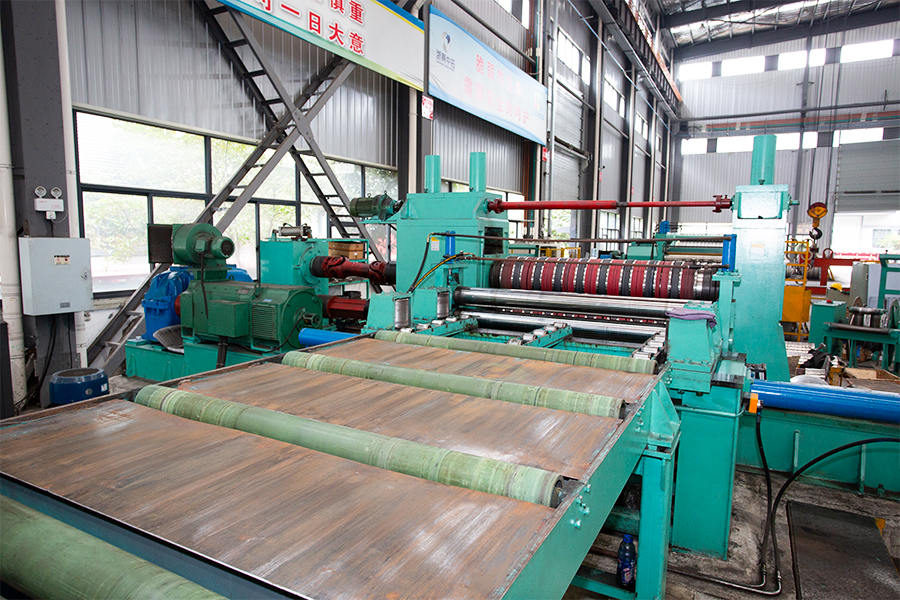From the sleek, iconic facade of the Chrysler Building to the massive, intricate tanks fermenting beer and the sterile surfaces of a hospital operating room, an unsung hero is often at work: the stainless steel plate. This fundamental industrial material is far more than just a sheet of metal; it is a critical component that enables innovation, ensures safety, and provides longevity across a breathtaking array of applications. But what exactly are stainless steel plates, and what properties elevate them to such a pivotal role in our constructed world?
At its core, a stainless steel plate is a flat-rolled product, typically defined as being over 3/16 of an inch (approximately 4.8mm) thick and over 10 inches (250mm) wide. Its distinction from ordinary steel lies in its defining characteristic: corrosion resistance. This property is conferred by a minimum chromium content of 10.5%. This chromium reacts with oxygen in the air to form a passive, invisible, and adherent layer of chromium oxide on the surface. This "passive layer" is self-repairing; if the surface is scratched or damaged, the chromium reacts again to reform the protective shield, preventing rust and corrosion. This simple yet revolutionary mechanism is the secret to its durability.

However, to refer to a single type of "stainless steel" is a misnomer. The material is instead a family of alloys, each tailored for specific environments and mechanical demands. This is primarily achieved by adding other alloying elements like nickel, molybdenum, and nitrogen. The most common families encountered in plate form are the Austenitic 300 series (e.g., 304 and 316), the Martensitic 400 series (e.g., 410), and Duplex steels.
Grade 304, often called "18/8" stainless for its composition of 18% chromium and 8% nickel, is the most versatile and widely used grade. It offers excellent corrosion resistance in a wide range of atmospheric and chemical environments, making it the default choice for food processing equipment, architectural cladding, and chemical containers. Where more aggressive chlorides or acids are present, such as in marine environments or coastal architecture, Grade 316 steps in. Its addition of molybdenum provides superior resistance to pitting and crevice corrosion, justifying its common name, "marine-grade stainless."
For applications requiring extreme strength and wear resistance, albeit with slightly reduced corrosion resistance, Martensitic grades like 410 are used. These plates can be heat-treated to high hardness levels, making them ideal for critical components like turbine blades, valves, and industrial machinery parts. Finally, Duplex stainless steels offer a remarkable combination of high strength—often double that of standard austenitic grades—and excellent corrosion resistance, particularly to stress corrosion cracking. This makes them a premium choice for the demanding environments of the oil and gas industry, chemical processing, and structural applications in harsh climates.
The manufacturing process of these plates is a feat of modern engineering. It begins with the precise melting of raw materials in enormous electric arc furnaces. The molten steel is then cast into solid slabs. These slabs are subsequently heated to extreme temperatures and passed through a series of massive rolling mills under immense pressure. This hot-rolling process reduces the slab to the required thickness. For applications demanding a superior surface finish, tighter tolerances, and enhanced mechanical properties, the plates may undergo further cold-rolling. Finally, they are heat-treated (annealed) to relieve internal stresses and pickled to remove any scale that formed during heating, revealing the pristine, passive layer beneath.
The applications for stainless steel plates are a testament to their versatility. Their high strength-to-weight ratio, especially in the case of Duplex grades, makes them invaluable in modern construction, not just for facades but for structural members, bridges, and reinforcement in concrete in corrosive environments. The transportation industry relies on them for building tankers for shipping chemicals and food-grade products, as well as for components in railcars and ships.
In the energy sector, they are indispensable. Nuclear and fossil fuel power plants use thick plates for pressure vessels and containment structures. The burgeoning renewable energy sector depends on them for components in tidal power systems, geothermal plants, and large-scale solar thermal installations. The food and beverage and pharmaceutical industries are perhaps the most obvious beneficiaries. The non-porous, easy-to-clean, and sterile surface of stainless steel plates is mandatory for fermenters, storage tanks, mixing vessels, and piping systems where hygiene and purity are non-negotiable.
So, what does the future hold for stainless steel plates? The trajectory points towards even greater specialization and efficiency. The development of "lean" duplex grades aims to provide the strength of Duplex steel at a lower nickel and molybdenum content, making them more cost-effective. Furthermore, the industry is increasingly focused on sustainability. Stainless steel is 100% recyclable, and most new plates contain a high percentage of recycled material. The longevity of products made from it reduces the need for frequent replacement, contributing to a lower lifecycle environmental impact.
In conclusion, stainless steel plates are far from a mundane commodity. They are a highly engineered, sophisticated family of materials whose unique properties of corrosion resistance, strength, and hygiene have made them indispensable. They are the silent, strong, and clean enablers of our modern world, forming the literal backbone of industries that drive civilization forward, from the energy we use to the food we eat and the buildings we inhabit. Their continued evolution promises to support even greater innovation in the decades to come.


 English
English русский
русский عربى
عربى 中文简体
中文简体
